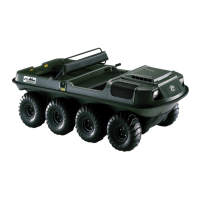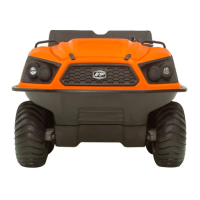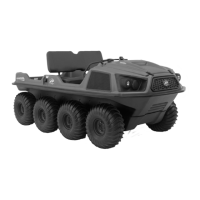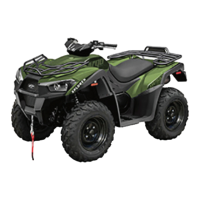What causes handbrake failure in my Argo Aurora 800 Offroad Vehicle?
- MMegan PriceSep 12, 2025
If your Argo Offroad Vehicle experiences handbrake failure, it could be due to worn brake pads or an issue with the brake cable adjustment. You can change the pads or adjust the brake cable to resolve this. Alternatively, leaking calipers or brake lines, or air in the system, might be the cause, requiring service at an Argo dealer.






